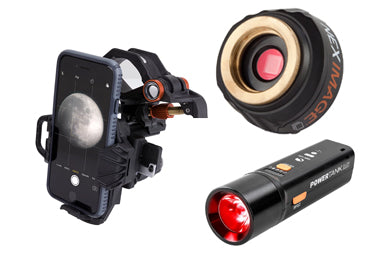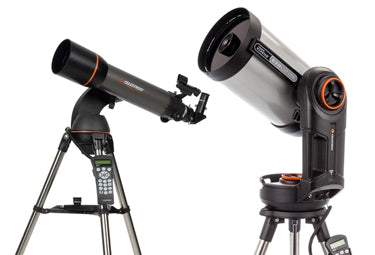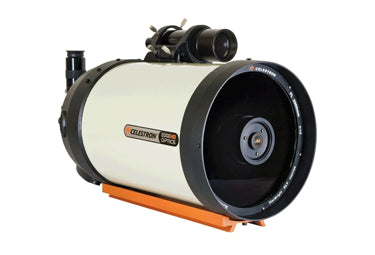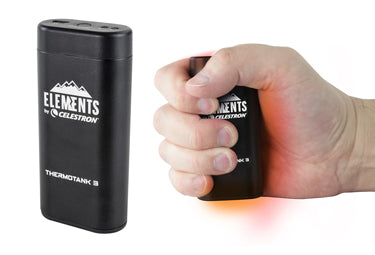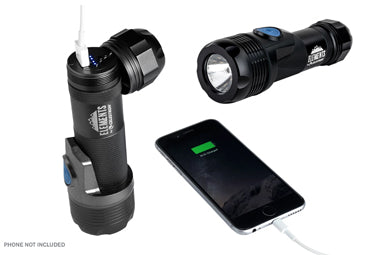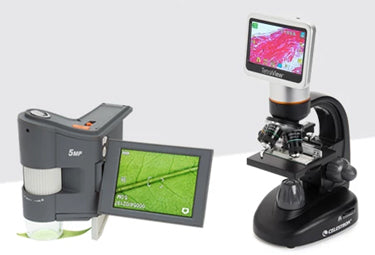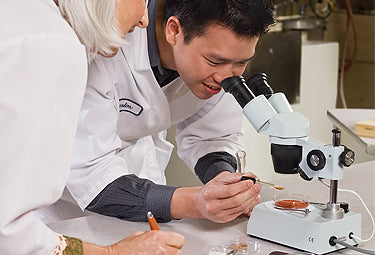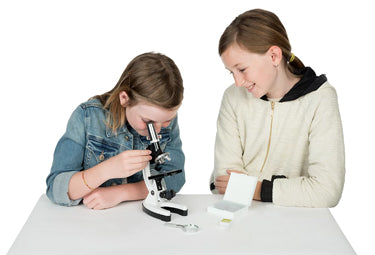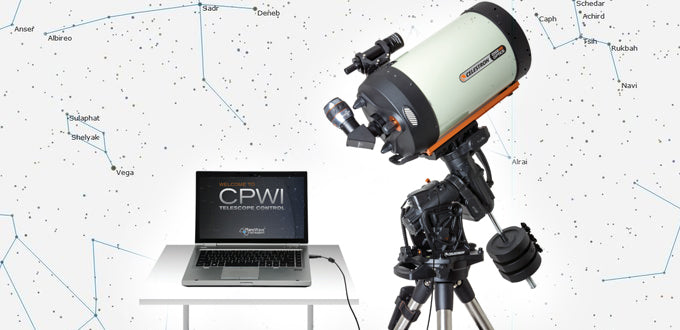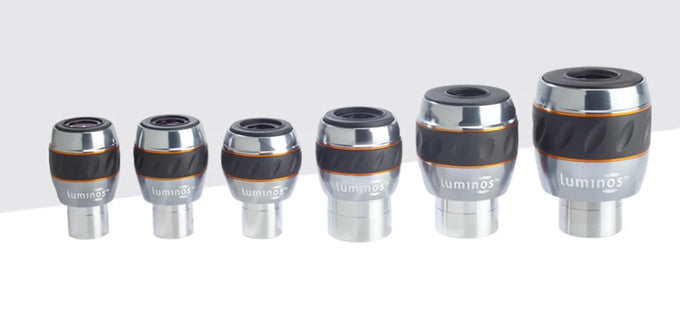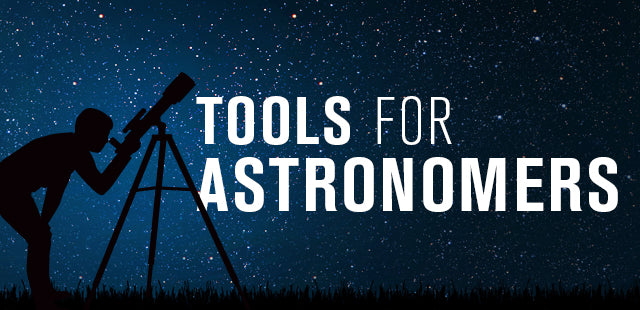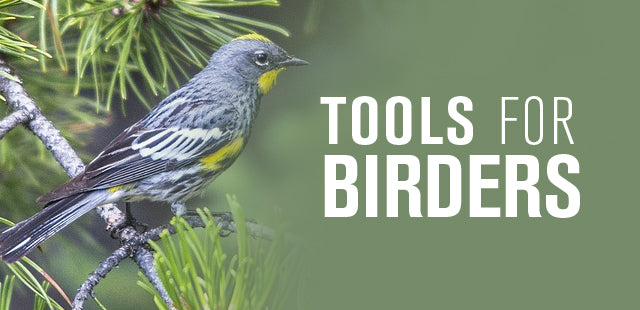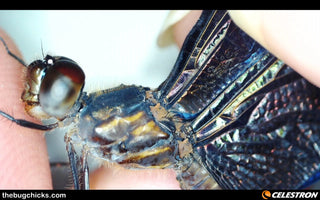Winter Observing
December 1, 2017
Written by Team Celestron member, Tahoe Star Tours

Don’t pack up that telescope for Winter. Astrophotography and visual observing may not seem too appealing in the cold “ice and snow” temperatures of the northern hemisphere’s winter. Take it from me, don’t pack up that telescope for winter because you will be missing out on some of the best cosmic objects to image and observe.
Also, forget about getting cold for a minute, and think about our view into space in the winter. It takes the Earth a year to revolve around the Sun, as it does our view of our galaxy and beyond changes.
In the early summer evenings, when it’s teeshirt warm for observing, and the sky is full of the Milky Way, we are looking straight into the center of our galaxy, but in the winter halfway around the Sun again, we have another view.
The winter sky is our view out into intergalactic space and the subtleties of our galaxies’ outer arms sprinkled with amazing nebula, star clusters, and distant galaxies.
So, don’t miss the view, dust off that telescope and camera lens, and lets head out for winter observing.

If astrophotography is your interest, and you don’t want to head outside in the cold, here is something to consider:
Find a location near a window in your house, with a minimum of outside light, set up a telescope outside and connect your camera and mount to a computer inside your house. Celestron makes it easy to control your telescope with NexRemote from a computer. You can get some amazing images this way, but make sure to align your telescope carefully, and don’t forget a dew shield or lens warmer to prevent condensation from fogging up lenses.
For deep space imaging consider the same method, but keep the outside as dark as possible for maximum results.
Ryan Berendsen took an awesome image of Mars using this same method in the winter a couple years ago with a SKYRIS 236C through a 9.25 Celestron EDGEHD OTA mounted on a CGEM. Exposure time approx. 10 min. (about 7000 frames).

Even better, take your telescope out to a dark sky spot away from the light of the city. Of course you’ll be outside in the cold, so take care to prepare and consider some of theses tips:
- Dress warm of course, but layer clothing so you can adjust for conditions if needed.
- Wear a warm knitted cap that can cover your ears, and a scarf around your neck.
- Gloves are helpful to keep fingers warm, but can make it difficult to operate your scope and accessories: cutting the fingertips off the gloves can help.
- Bring hand warmers (the chemical kind). They are great for warming your feet and hands, and if it really gets cold (below 25deg F.) put one on the controller of the telescope to keep the display from freezing up.
- Grab an old rug to put on the ground to insulate your feet while standing.
- Dew shields or lens warmers are a must for the telescope, and don’t forget your camera lens too if you’re shooting piggy back.
Don’t forget to do some visual observing too if you are our for astrophotography. The view is amazing!

Winter comes in all shapes and sizes of weather depending on your location. For Ryan and I at Tahoe Star Tours we are generally up above 6000ft. on the snow laden slopes of the Sierra in the winter.
It can get cold up in the mountains, and at times we have had the scopes out when it was 15deg. F., but it’s an amazing view, so most of the time we are so awed by the bright sparkly sky we don’t even notice the cold.

